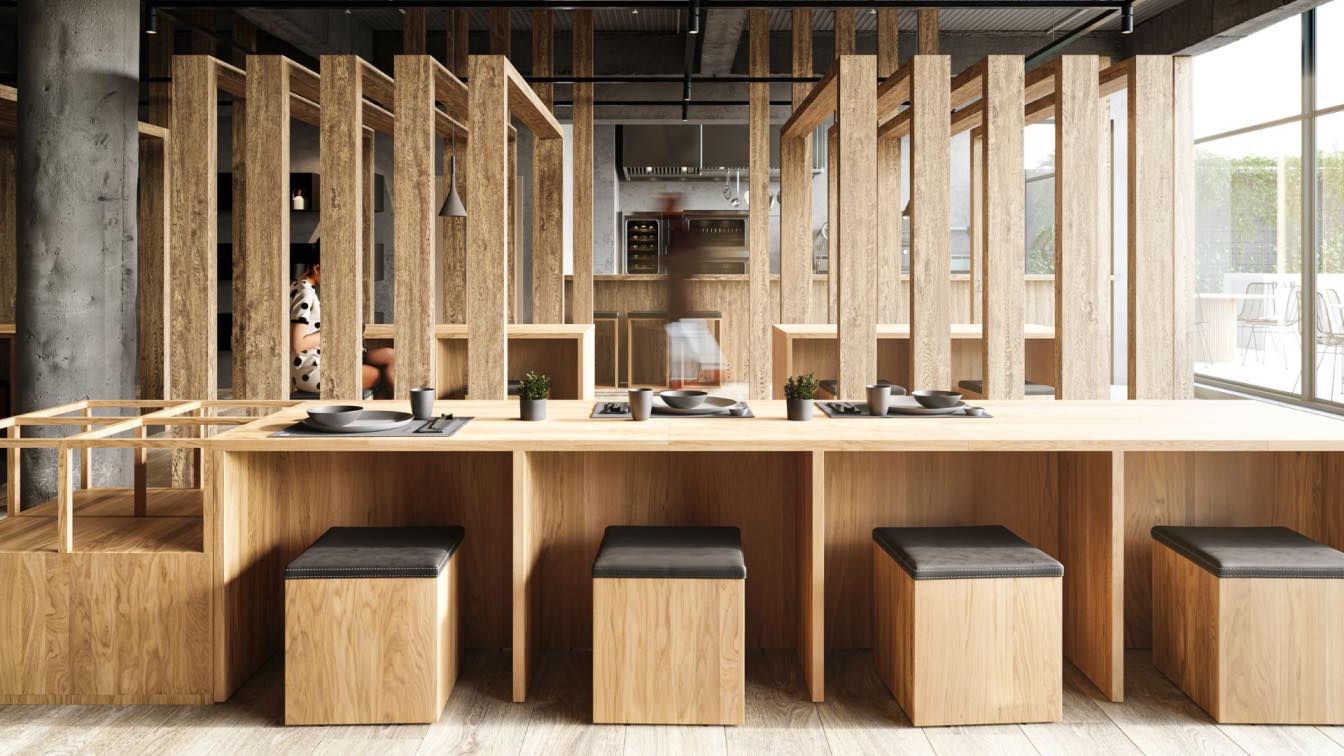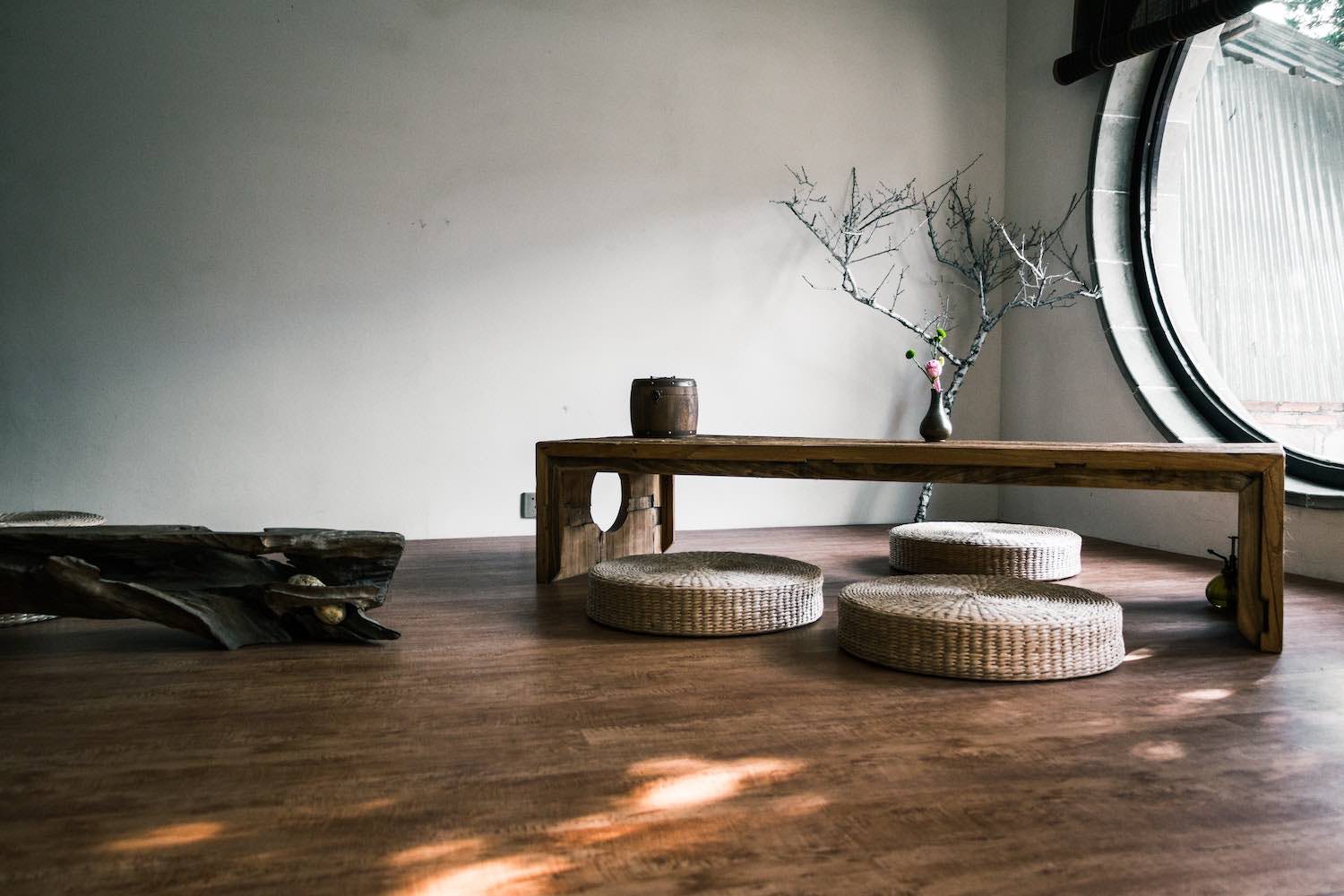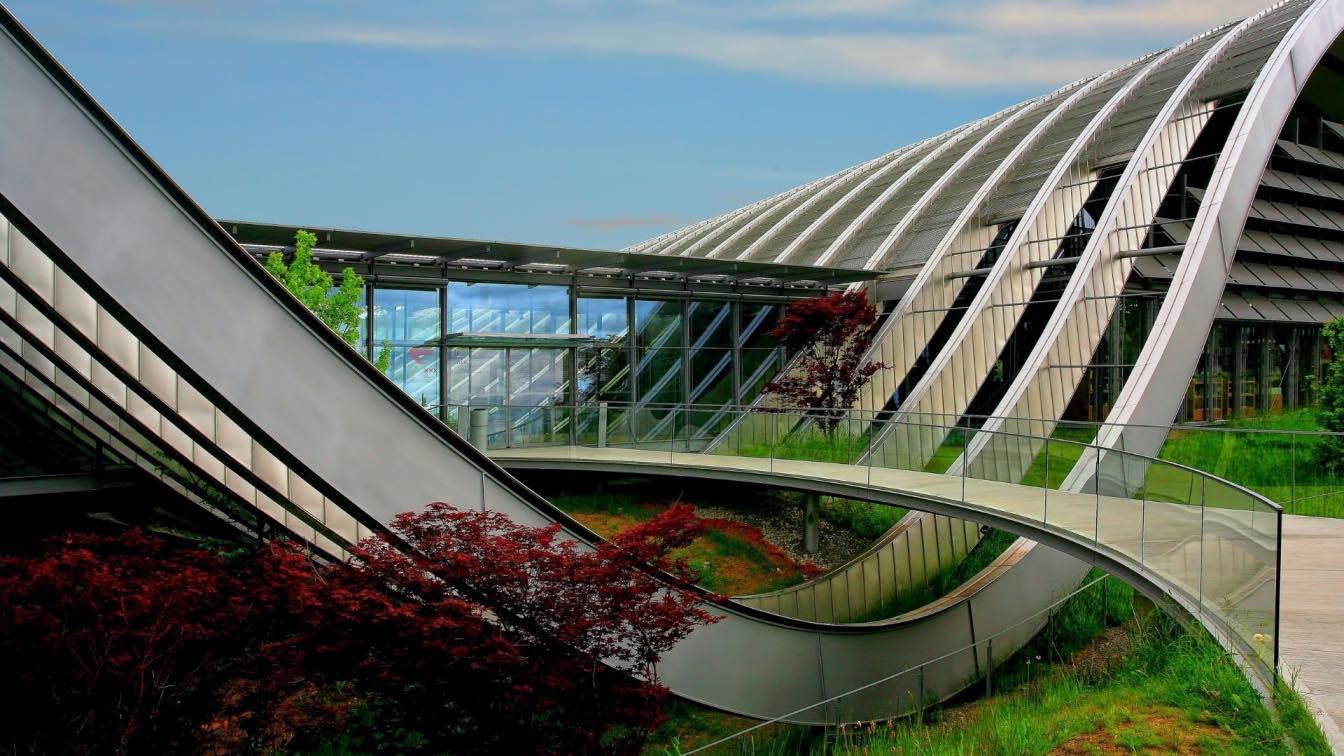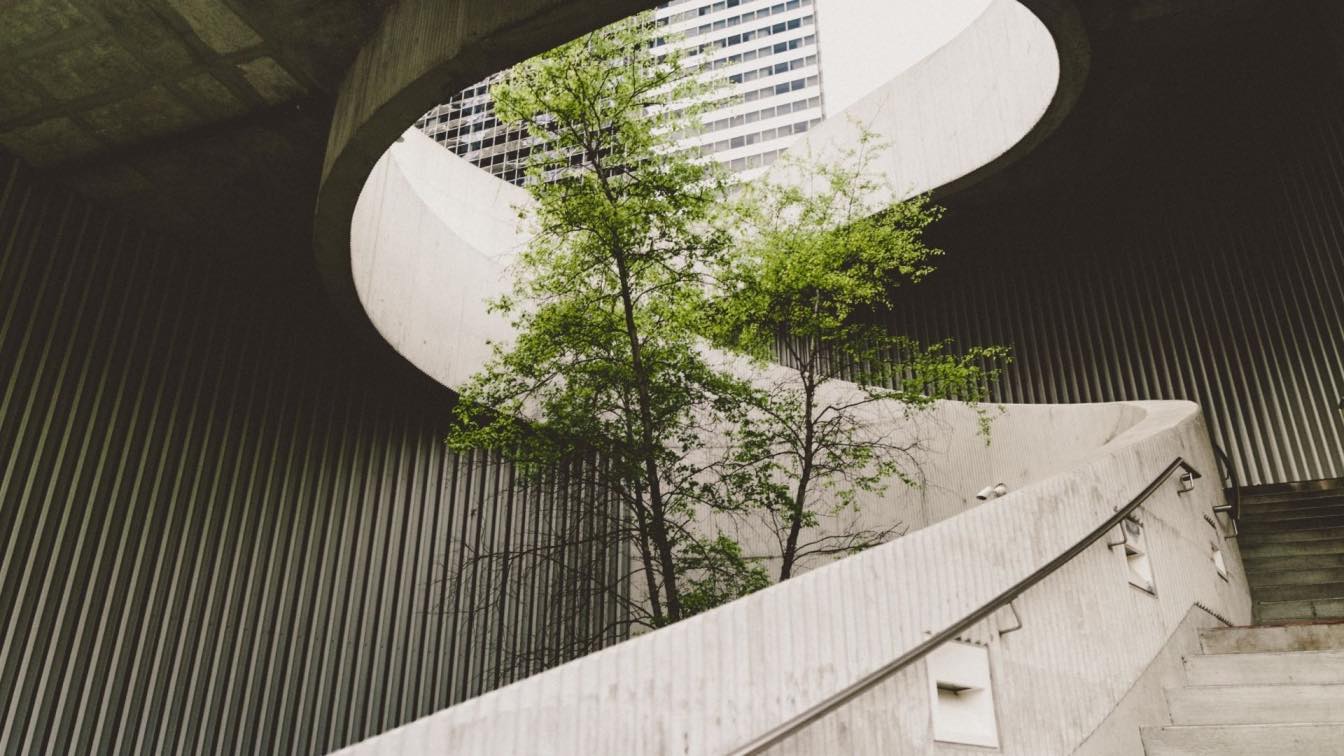It's nine o'clock at night; you've just clicked render on your project…you watch the render time tick up past twenty hours, yet your deadline is in less than eight. In years past, this would be an impassable obstacle for an artist. Yet, with the proliferation of render farm services, there are now dozens of options at artists' disposal to quicken rendering.
Over the years, commercial render farms have become an essential technology for architecture visualization. With rendering being a constant bottleneck for artists, render farms have opened the doors to creating better visualizations without sacrificing deadlines. With this pretext in mind, we'll be looking at why render farms are helpful and how artists and designers can use them to create top-of-the-line architectural visualizations.
What is a Render Farm?
A render farm is a group of networked computers that work together to render computer-generated imagery (CGI) and visual effects. By distributing the rendering process among many computers or "nodes," render farms can significantly reduce the time required to produce high-quality images. The most basic of render farms are simply multiple computers in a room, often run by individuals or studios as a way to render many images at once.
Commercial render farms take this approach to the next level and use both CPU and GPU power and high-end components that most artists and studios wouldn't usually be able to afford. For example, multiple high-end graphics cards (GPUs) that have massive amounts of video memory that are unavailable in consumer GPUs. These kinds of farms tend to live in server rooms and can sustain rendering hundreds of individual frames at once.
Render farms bring many advantages to those working in architectural visualization specifically. For example, architecture projects tend to have highly complex lighting and shading requirements in comparison to industries like product design, especially when photorealism is a goal. Render services are uniquely tailored to handle these challenges and can competitively meet the quick client deadlines that many architecture firms face.
 Bedroom skylight idea: Room full of stars by Amin Moazzen
Bedroom skylight idea: Room full of stars by Amin Moazzen
Advantages of Render Farms in Architecture Visualization
Speed…the reason for many hours worth of diligent optimization by artists across the world. While optimizing things like scattering, light paths, and materials can shave off plenty of render time, can cut down render times dramatically without spending hours of your own time. Quick rendering is probably the greatest advantage that render farms have brought to the industry. Fast rendering helps meet deadlines, and lets artists optimize less, resulting in higher-quality images and less wasted time.
Render farms can also be surprisingly cost-effective. Especially after the supply chain challenges of the past few years, buying your own rendering equipment can be expensive. Instead of spending thousands of dollars yearly to upgrade your equipment, render farm costs can tie into your project budget and allow you to only spend what's needed for each render you work on. This approach can bring major savings and is used by even the largest of studios as a way to cut costs and complexity out of the render pipeline.
The scale of commercial farms also gives broad flexibility for artists. Today, there are render services available for nearly every software or renderer you might use. Farms are also supporting more plugins by the day, allowing for vast amounts of customization and minimizing the need to tweak scenes before uploading them.
How Artists can Use Render Farms for ArchViz
Almost any project could be rendered using a farm, but what projects do artists choose to render in the cloud? Apart from the speed cloud rendering offers, artists often pick a rendering service for projects too large or complex to efficiently render locally. For example, even images that could render quickly on an artist's own rig can often require too much memory (RAM) to render using the average workstation's resources. External building visualizations with instanced objects like trees, grass, and rocks can eat up resources quickly, making the task of rendering more and more complex.
Animation rendering is also one of the top reasons artists choose to use render farms. While many well-equipped artists can render still frames locally, large path-traced visualizations can quickly become unfeasible. Render farms, however, can quickly scale to the largest projects without users needing to spend anything upfront on equipment or energy costs. Instead, artists only pay for the resources they need when they need them.
The quickest-growing reason for using cloud rendering is for virtual reality content. Three hundred sixty images and video walk-throughs can take far more resources and video memory than the average render. This is where render farms can shine in their versatility for artists. Render farms can make next-generation visualizations accessible to artists at a low cost.
Conclusion
Render farms provide a cost-effective and efficient way to produce high-quality images and animations while meeting tight deadlines. The flexibility and scalability of commercial render farms make them accessible to artists and studios of all sizes, and they can handle the most complex of rendering requirements with ease.
As the demand for photorealistic visualizations and virtual reality content continues to grow, render farms are becoming essential tools for the industry. With remote work becoming a norm, the need for offloading rendering tasks from mobile workstations and home computers is also only growing. So whether you're an independent artist or part of a large studio, render farms may be the answer.





